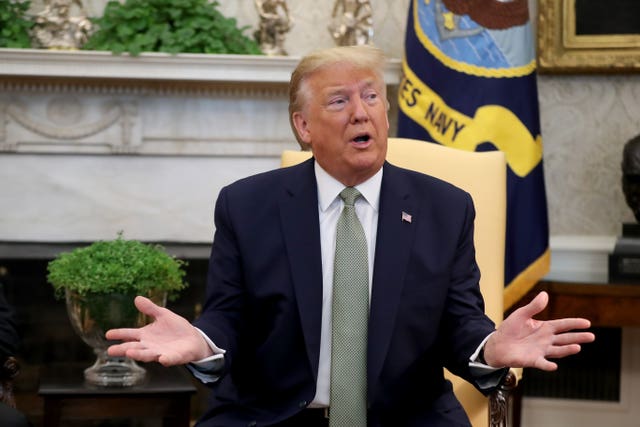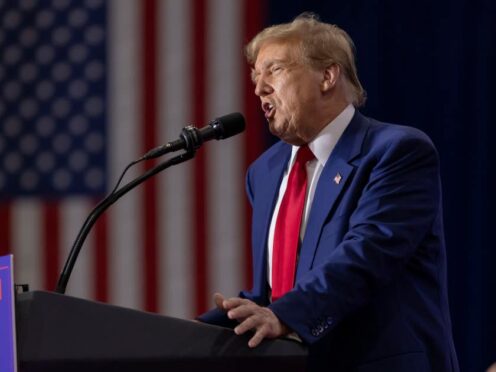A US federal judge refused to throw out the classified documents prosecution against Donald Trump, turning aside defence arguments that a decades-old law permitted the former president to retain the records after he left office.
Lawyers for Mr Trump, in asking for the case to be tossed out, had cited a 1978 statute known as the Presidential Records Act in arguing that he was permitted to designate records from his time in office as personal and take them with him when he left the White House.
Prosecutors on special counsel Jack Smith’s team vigorously challenged that argument, saying the statute had no relevance in a case concerning classified documents and there was no legal basis for Mr Trump to hold onto top-secret information.
US District Judge Aileen Cannon, who heard arguments on the matter last month, rejected the Trump team’s arguments in a three-order.
She wrote that the 40-count indictment against Mr Trump makes “no reference to the Presidential Records Act, nor do they rely on that statute for purposes of stating an offence”.
Ms Cannon also defended an order from last month that asked lawyers for both sides to formulate potential jury instructions and to respond to two different scenarios in which she appeared to be entertaining Mr Trump’s presidential records argument.

The order drew a sharp rebuke from Mr Smith’s team, which in a filing this week called the premises she laid out “fundamentally flawed”.
“The Court’s order soliciting preliminary draft instructions on certain counts should not be misconstrued as declaring a final definition on any essential element or asserted defence in this case,” Ms Cannon wrote.
“Nor should it be interpreted as anything other than what it was: a genuine attempt, in the context of the upcoming trial, to better understand the parties’ competing positions and the questions to be submitted to the jury in this complex case of first impression.”
The ruling on Thursday is the second time in as many months that the judge has denied one of Mr Trump’s motions to drop the case.
In March, she spurned an argument that the statute underpinning the bulk of the charges was unconstitutionally vague and therefore required the dismissal of the indictment.
Cannon has yet to rule on other Trump efforts to dismiss the case, including arguments that presidential immunity shields him from prosecution and that he has been subject to “selective and vindictive prosecution”.
